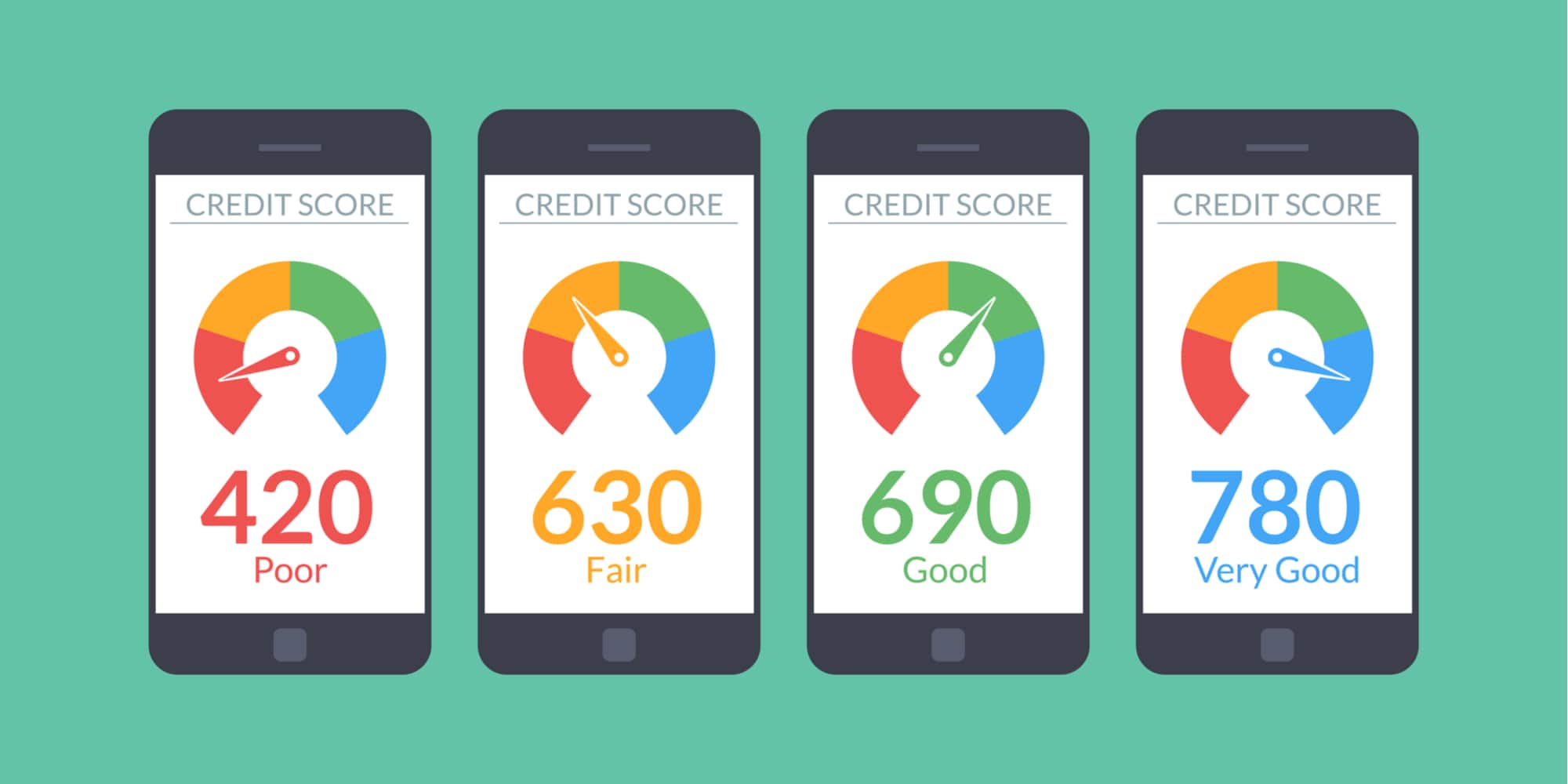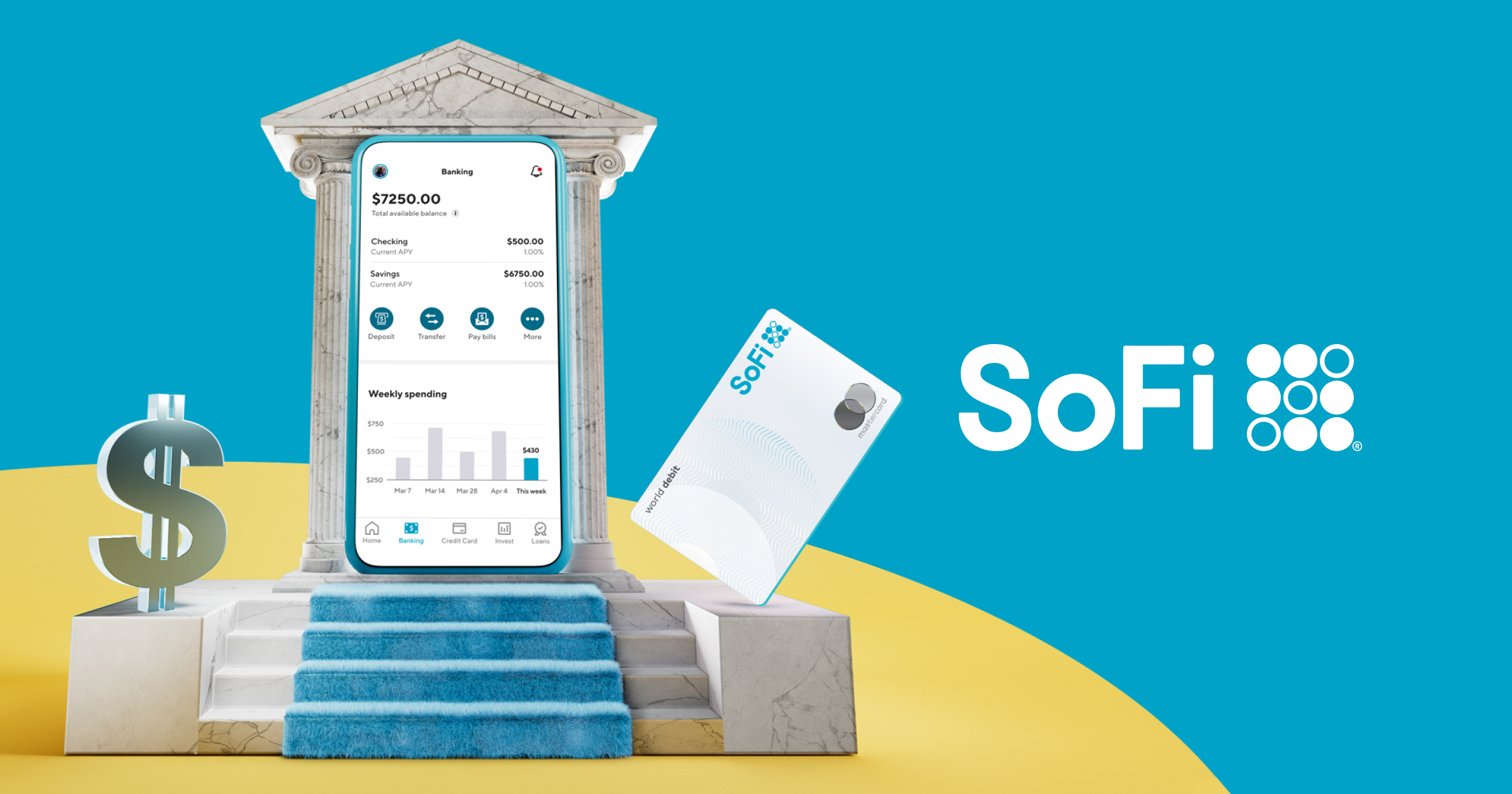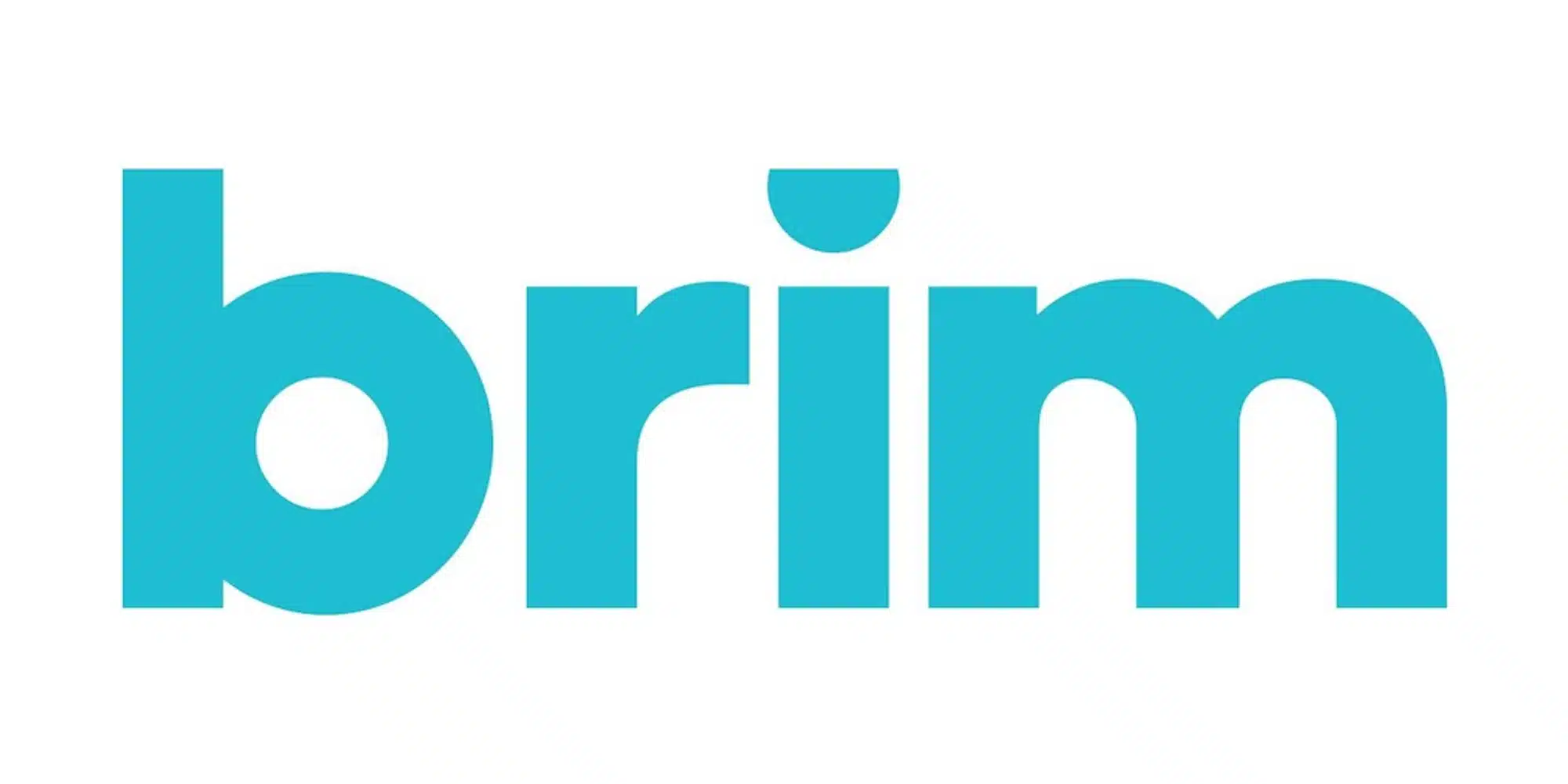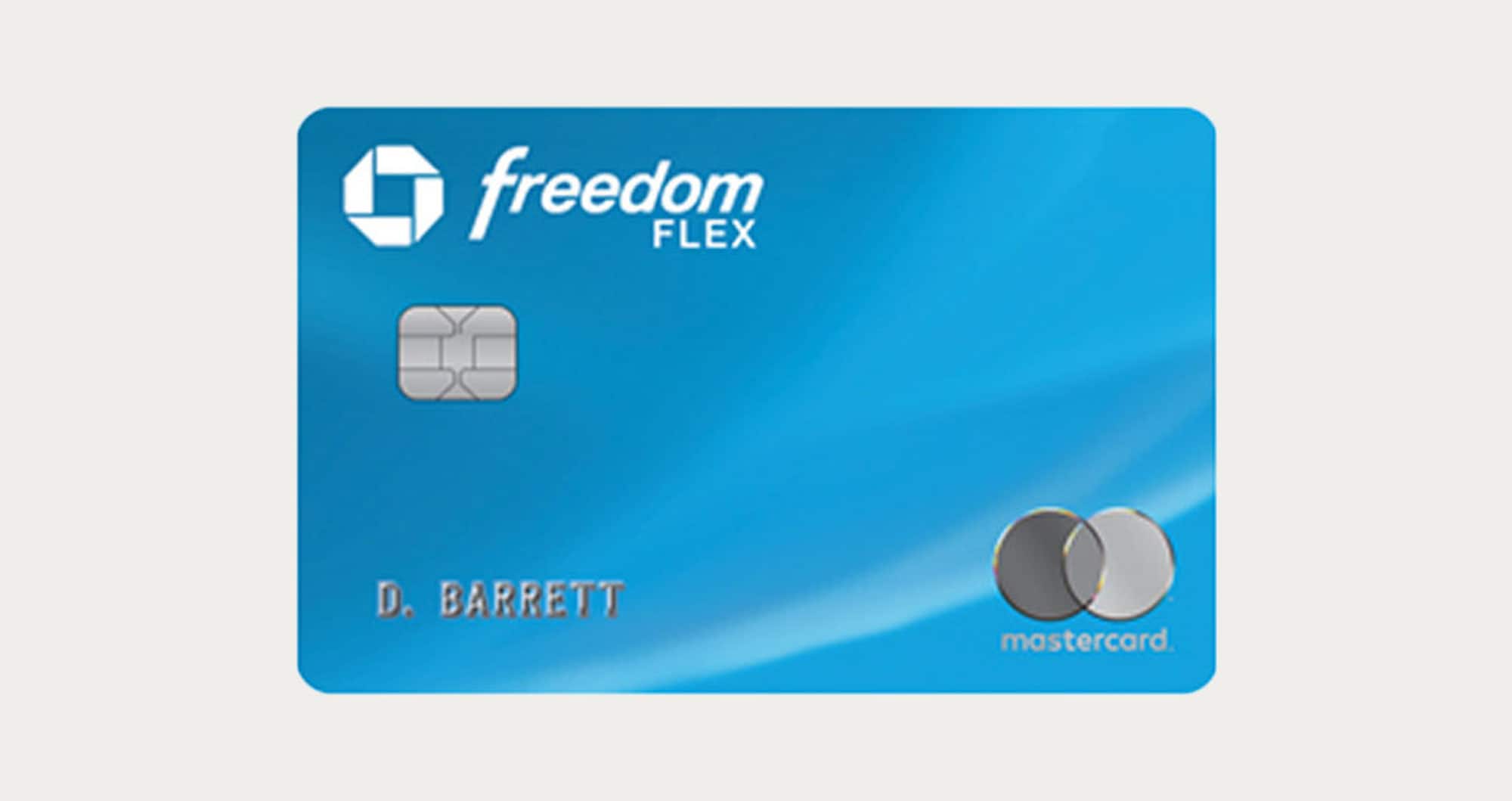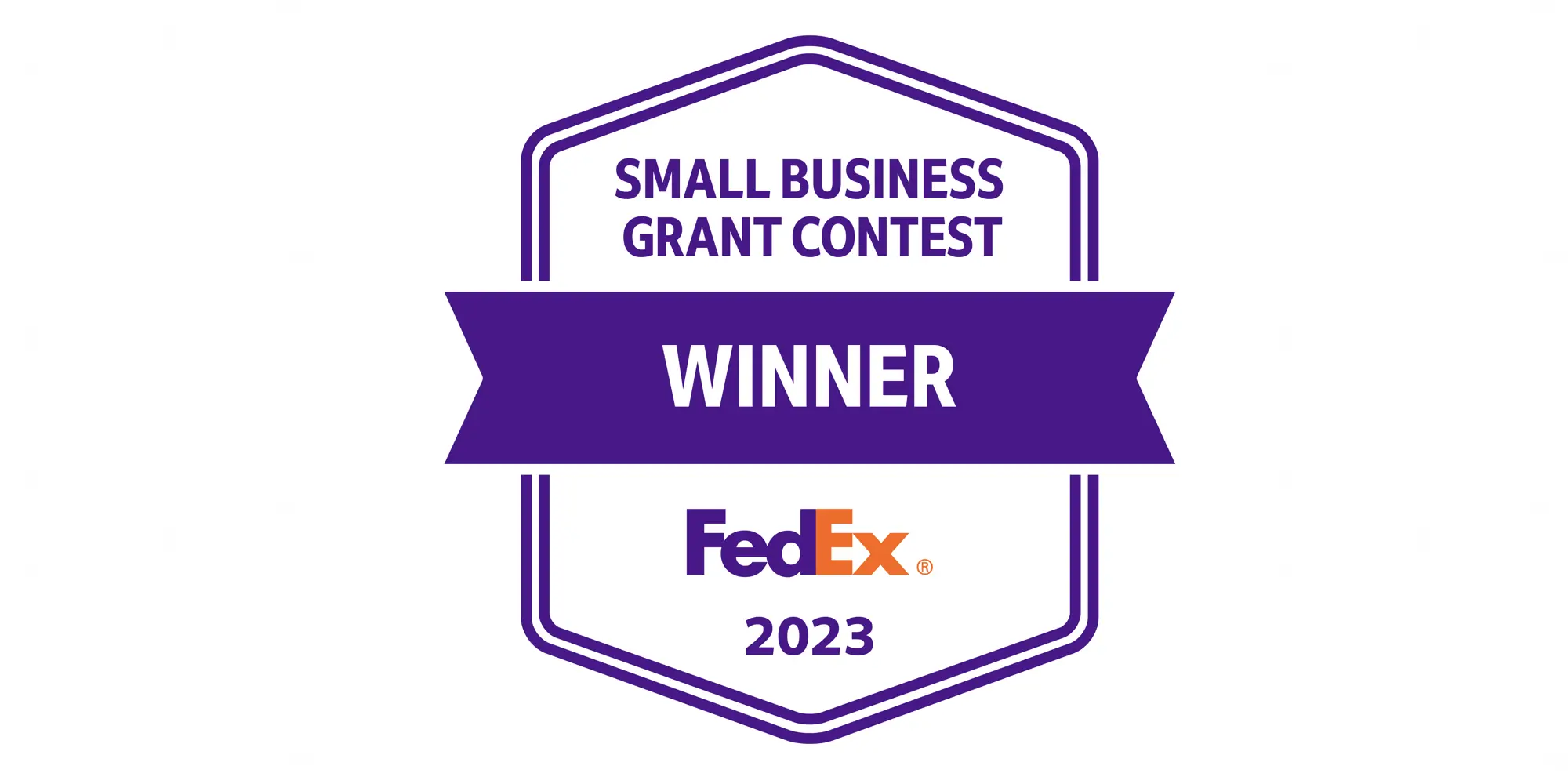
Personal Finance
Survey Details What Banking Features Matter Most to Customers
Throughout 2020, the personal finance site MyBankTracker conducted a survey with nearly 2,000 Americans participating. Now, the latest results show that what consumers found important from savings accounts evolved in some notable ways during the year. For example, more respondents put an emphasis on customer service this past year, with 16.01% saying it was the most important banking account feature — up from just 9.10% that said the same in 2019. That meant that customer service was a larger factor than account fees, which 13.03% of respondents (down from 16.73% previously) named as their most important factor. Nevertheless, the most popular response was “APY,” accounting for 44.44% of responses.
Meanwhile, the second-most important savings feature was once again mobile banking with 22.42%. However, that’s actually down from 28.89% in 2019 despite the on-going pandemic. Similarly, when asked what the preferred method was for depositing funds into savings, 8.33% of those surveyed said “mobile deposit” compared to 11.17% who said the same a year prior. Instead, more customers said they preferred in-person deposits, with that response growing from 19.16% to 23.38% this time around. Overall, however, the top response was that respondents preferred a mixture of deposit options.
Speaking of deposits, it seems that many Americans now have more cash to put into savings. While only 9.85% of those surveyed planned to deposit $10,000 or more into savings back in 2019, that figure ballooned to 28.18% in the latest survey. Furthermore, the percentage of respondents with less than $1,000 to set aside in savings fell from 41.96% to 31.01%. That left “$1,000 to $5,000” to take the top spot after edging up slightly to 31.41% year over year.
Commenting on the results of the survey, MyBankTracker senior research analyst Simon Zhen noted, “While many consumers faced economic uncertainty amid the pandemic, those who maintained financial stability were contributing to major shifts in consumer banking behavior.” Zhen went on to point out, “Preference for customer service — over fees — may not come as a surprise during times when consumers had difficulty contacting their bank when branches were closed.”
Given the unique circumstances that 2020 brought, it will be interesting to see how these banking preferences continue to shift in 2021 and beyond. It will also be worth monitoring if various platforms change as a result. For example, given the emphasis on customer service, perhaps FinTechs that have disrupted the banking fee model will now pivot to promote the service side of their offerings. Elsewhere, while it seems unlikely that the savings rates will remain as high as they were last year, there’s always the chance that this experience will lead Americans to focus on having an emergency fund. Of course, we’ll have to wait and see what MyBankTracker’s 2021 survey has to say about all of those topics and many more.

